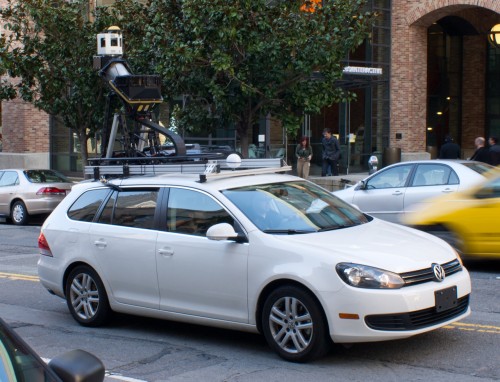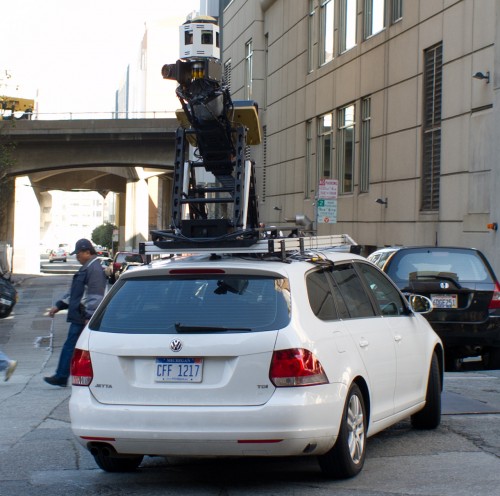Ansel Adams wrote a celebrated series of photo instructional books. It is organized as a trilogy: The Camera, The Negative and The Print.
Of these, the camera business is still going strong, buoyed by sales of digital cameras and upgraders to DSLRs (although market saturation looms). Negatives are an endangered species as digital photography largely supplanted film. Prints are still going strong, whether using traditional silver halide, inkjet or offset printing, but that probably won’t stave off Kodak’s impending demise.
Last year, I wrote to X-Rite to complain that their software for the Colormunki color calibrator wouldn’t let me profile the full brightness range of my monitor, and limited it to an artificial ceiling designed around the limitations of print. Their response:
The ColorMunki software will not allow a range over 140cd/m luminance value. This would basically defeat the purpose of using a device to measure luminance when you set the values this high. While your monitor can be extremely bright however using a value of 300+ would allow your monitor to show you a brightness value that would negatively affect your prints and they would end up coming out so dark that you would be unable to see them. The industry standard for photographic works is to use the luminance values setup at anywhere from 80 – 120cd/m. That said, if your ambient light conditions are ranging very high then you should probably be using a value of 120cd/m which is the industry standard and what we recommend.
In the ColorMunki software there is an option to set the luminance according to your ambient light conditions. This is a pretty high threshold in the software where as you have to read somewhere around 350-400 lux to get a target luminance above the 80 threshold. If it does go above this value then you certainly will want to stay within the 120 range. Anything below that will give you a target value of 80.
Implicit in this response is the assumption the only reason why you would want to calibrate your monitor is so you can make more accurate prints. Prints only have a 100:1 or so contrast ratio, compared to LCD monitors for which the static contrast ratio is closer to 1000:1, and plasma TVs go higher yet. This is why images on screen look more vibrant and punchy than prints, as did slides back in the day.
If Apple does indeed come up with the oft-rumored iPad 3 with double the resolution of current models, or 2048×1536 at 260ppi, you would have an easily portable display device with near gallery-grade resolution and massive storage capacity. At that point, prints would lose the last advantage they still hold over digital display technologies.
Image display on screen is the new normal, and X-Rite needs to get with the program. I want to see the full dynamic range and contrast of my images on my screen, not a Hobson’s choice between inaccurate color and crippling them with limitations from legacy print technology.

